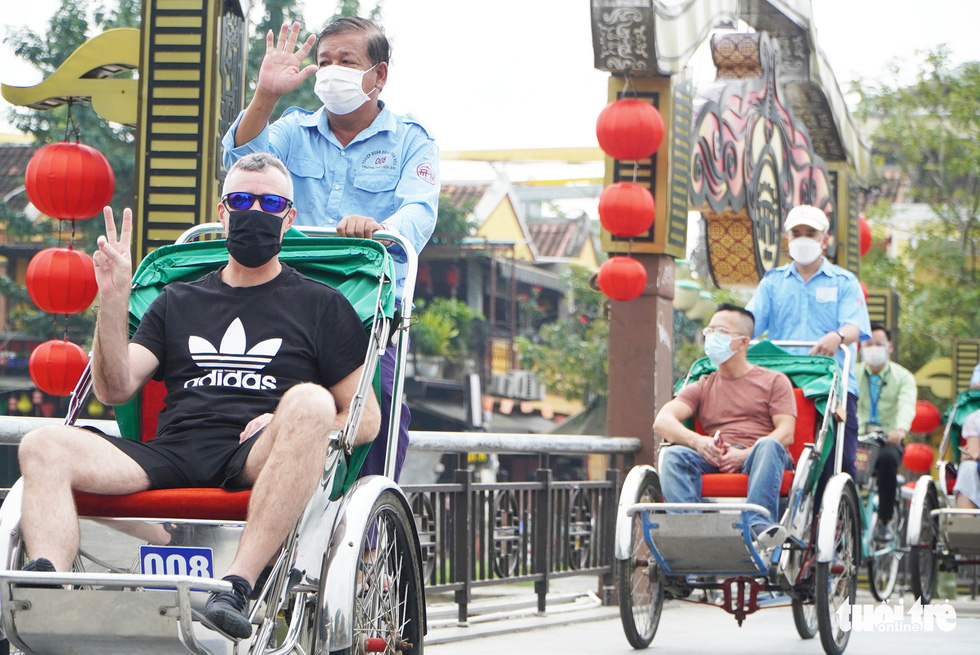Vietnam served a total of nearly 4.6 million international tourists in the first five months of the year, a 12.6-fold increase year on year but equal to 63 percent of the figure in the same period in 2019 when COVID-19 had yet to hit the country, according to the General Statistics Office (GSO).
International travelers to Vietnam by air occupied the largest portion, at 88 percent, while those by road and by sea represented 10.9 percent and 1.1 percent, respectively, the GSO said.
South Korea remained the largest source market of Vietnam’s tourism in the five-month period with 1.3 million tourists, followed by China with 399,000 and the U.S. with 307,000.
The number of foreign tourists in January-May met 57 percent of the full-year target of eight million foreign visitors.
The local tourism sector can achieve, even exceed, the target thanks to the peak international tourism season at the end of the year and policies facilitating the tourism sector in the coming time, news site Kinh Te & Do Thi (Economics & Urban Affairs) cited Nguyen Trung Khanh, head of the Vietnam National Administration of Tourism, as saying.
The strong growth of the Chinese market was a positive signal and laid a foundation for a stronger recovery of the tourism sector in the rest of the year, Khanh added.
Data from the GSO showed that 916,300 international tourists came to Vietnam in May alone, down 6.9 percent month on month but surging 5.3 times over the figure in the same month in 2022.
The growth can be explained by the fact that Vietnam did not fully reopen its door to international tourists after the pandemic until March 15 last year.
The number of tourists entering the country after the reopening was also modest due to their hesitancy.
As for the domestic market, the tourism sector served 50.5 million local travelers, Kinh Te & Do Thi reported.
Vietnamese Prime Minister Pham Minh Chinh has signed a resolution on solutions to accelerate tourism recovery and develop tourism sustainably and effectively.
The resolution includes many solutions to develop tourism into a key economic sector and turn Vietnam into one of the world’s 30 leading countries with the highest tourism competitiveness.
However, the country has reported a slower recovery compared with other countries in the Southeast Asian region despite reopening its doors to international tourists early.
Economic and tourism experts and representatives of airlines and lodging facilities agreed that Vietnam’s visa policies are not as friendly as those in regional countries, slowing down the tourism recovery pace, even slower than in Cambodia and Singapore.
Easing visa policies are the first and foremost job to attract foreign visitors to enter and stay longer in Vietnam, they proposed.
In particular, Vietnam should expand the list of nations eligible for e-visa application and visa waiver, extend the e-visa validity, and simplify visa application procedures, among others.
The Vietnamese government has recently requested the National Assembly, the legislative body responsible for creating laws, to grant approval for extending the validity of visitor e-visas for foreigners entering Vietnam from one month to three months.
It also sought to grant e-visas to citizens from all countries and territories.
Foreign visitors hailing from countries and regions eligible for Vietnam's unilateral visa waiver program would be able to enjoy an extended maximum stay of 45 days, surpassing the current limit of 15 days.
Like us on Facebook or follow us on Twitter to get the latest news about Vietnam!


















































